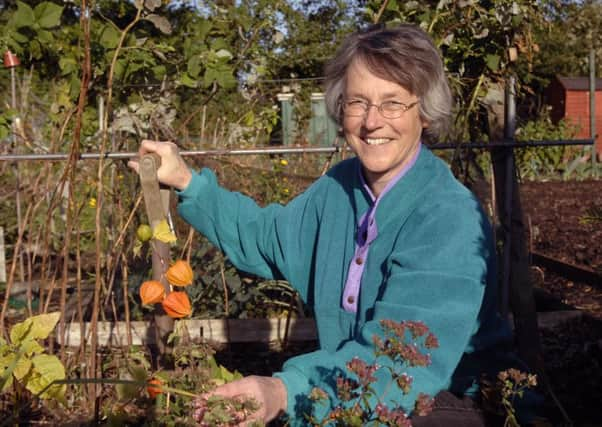Jenny Mollison’s allotment tales: Notes on crops


It’s a lovely time of year. The smells of autumn produce sometimes seem more important than taste. The fragrance from a bowl of early apples permeates the kitchen. Autumn fruiting raspberries give off an aroma like jam. I know that the spicy smell from a pan of simmering chutney will linger for several days. The scent of home grown tomatoes can never be replicated with bought ones.
In my enthusiasm to make use of the harvest it’s easy to forget to make notes about what’s done well. I need some reminders of what seeds to re-order and what hasn’t come up to scratch. I’ve compared my potato crops for size, flavour and resistance to pests. Casablanca was the tastiest early and Cara was the most prolific main crop. Organic Orla tasted good but there was too much eelworm damage to tempt me to try it again.
Advertisement
Hide AdAdvertisement
Hide AdBy next spring I could also have forgotten the location of last year’s crops unless I’ve written it down. Drawing a plan, however sketchy, is well worth doing as an aide memoire. It’s important not to follow on like with like and some crops, such as the cabbage family, have quite specific demands – they thrive on some added lime.
When planning the layout, it’s really important to take into account those factors over which you have no control, such as sunlight, prevailing wind and drainage. Our site is absolutely flat but those of us with plots on one side of the site have to contend with some large trees in the adjacent park. In summer the trees suck up moisture and cast dense shade. I can be pulling on a fleece to keep warm, whilst plotholders on the other side are still basking in the sun. In times past, rent for these plots was less than on the sunny side.
Strawberries thrive in a sunny spot. After three or four years the crop dwindles and the plants need replacing. I have just uprooted the oldest bed and am preparing a patch for some new ones, adding some well-matured compost. Blackcurrants appreciate sun, whereas redcurrant and gooseberry bushes can put up with a bit less.